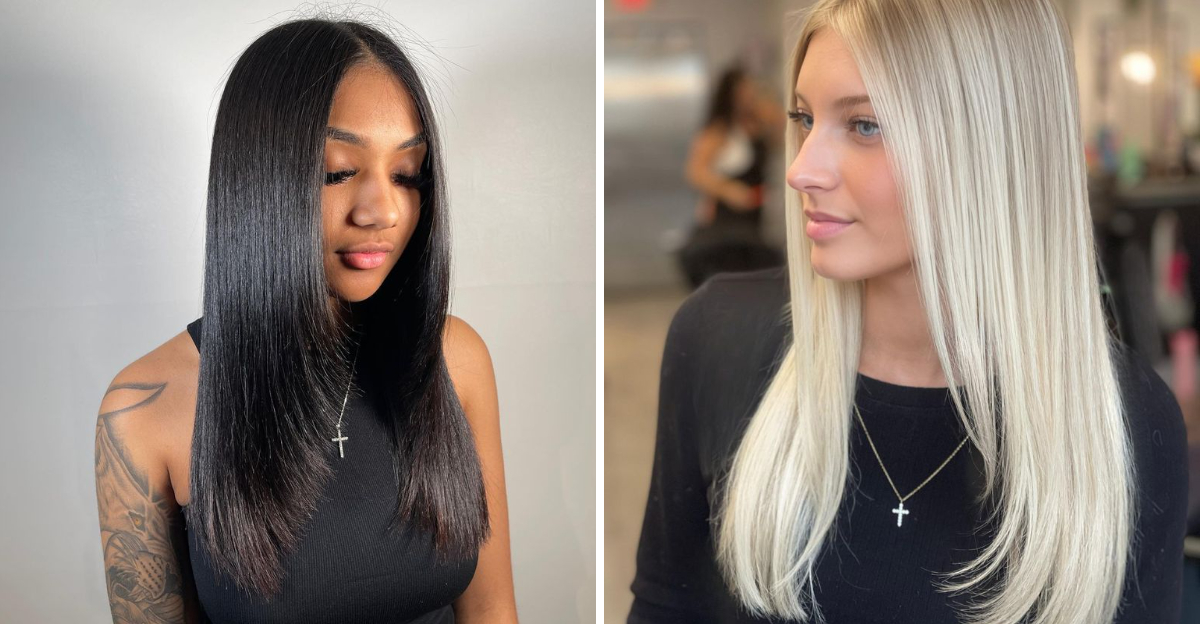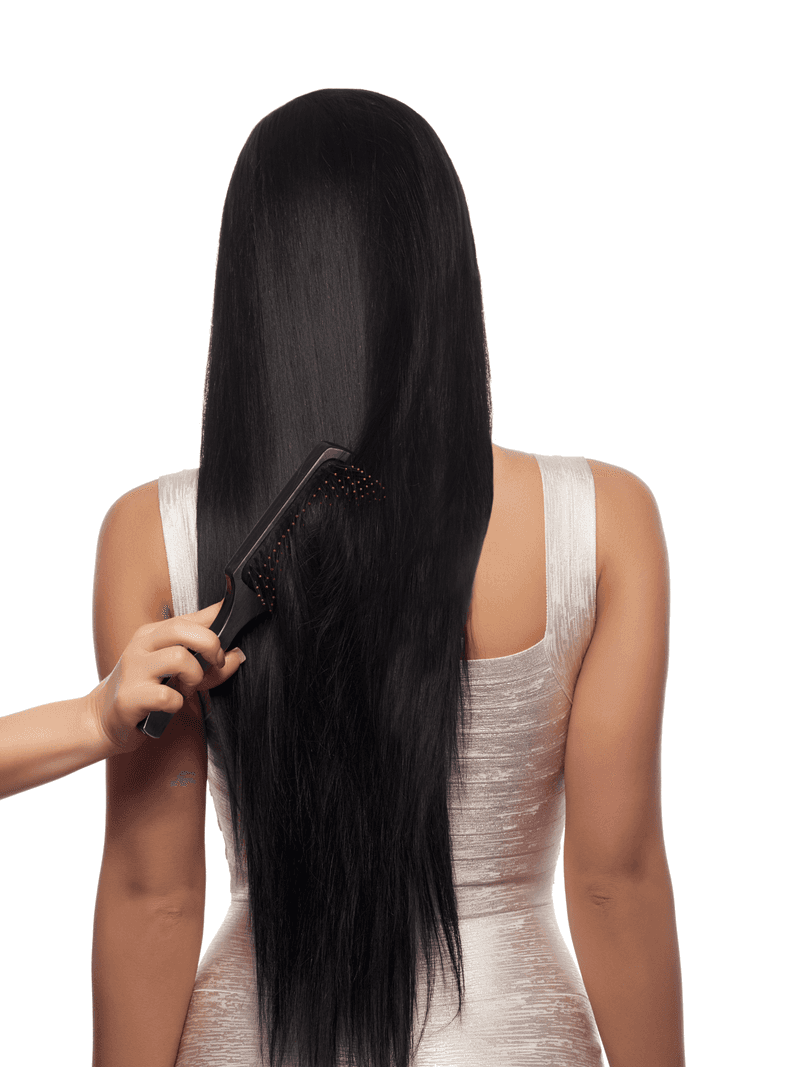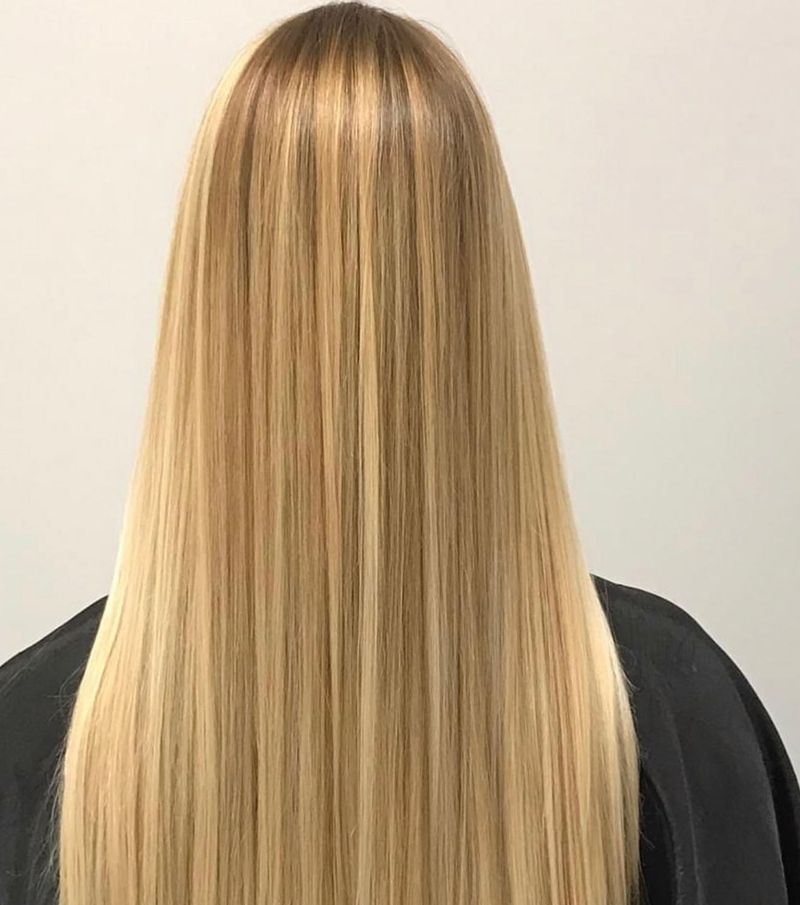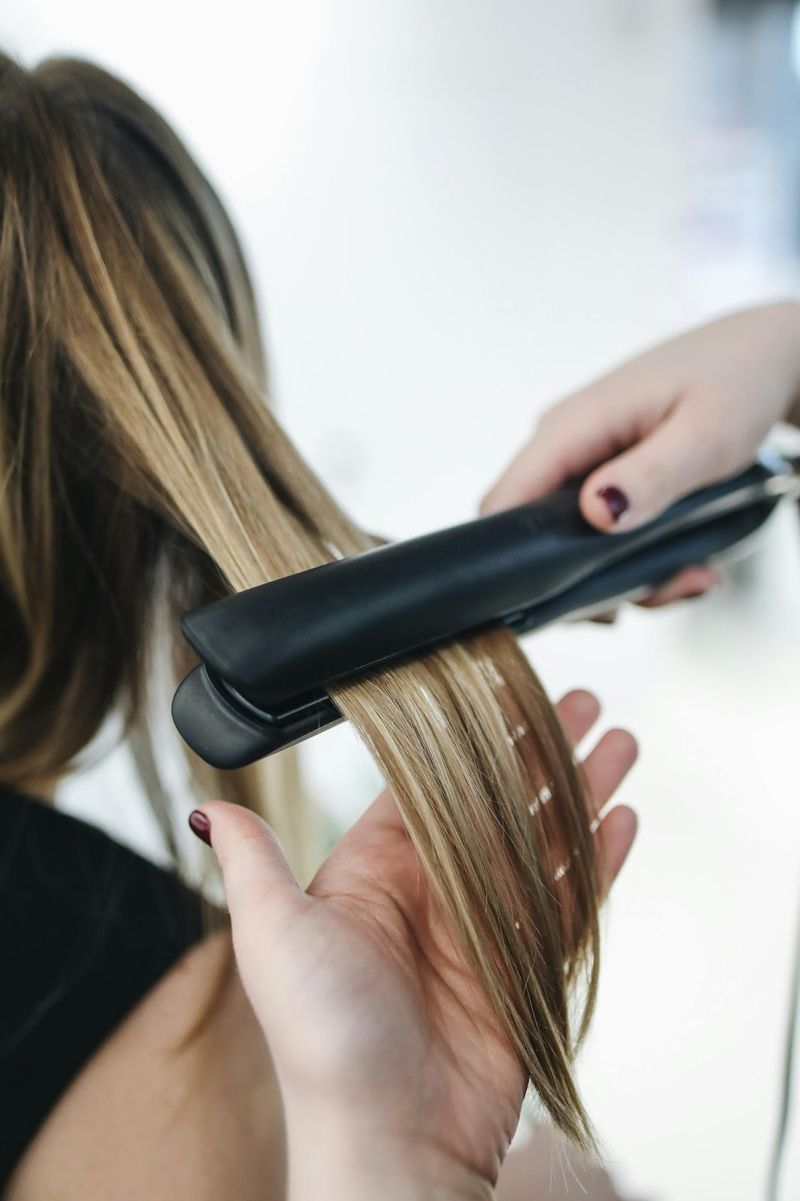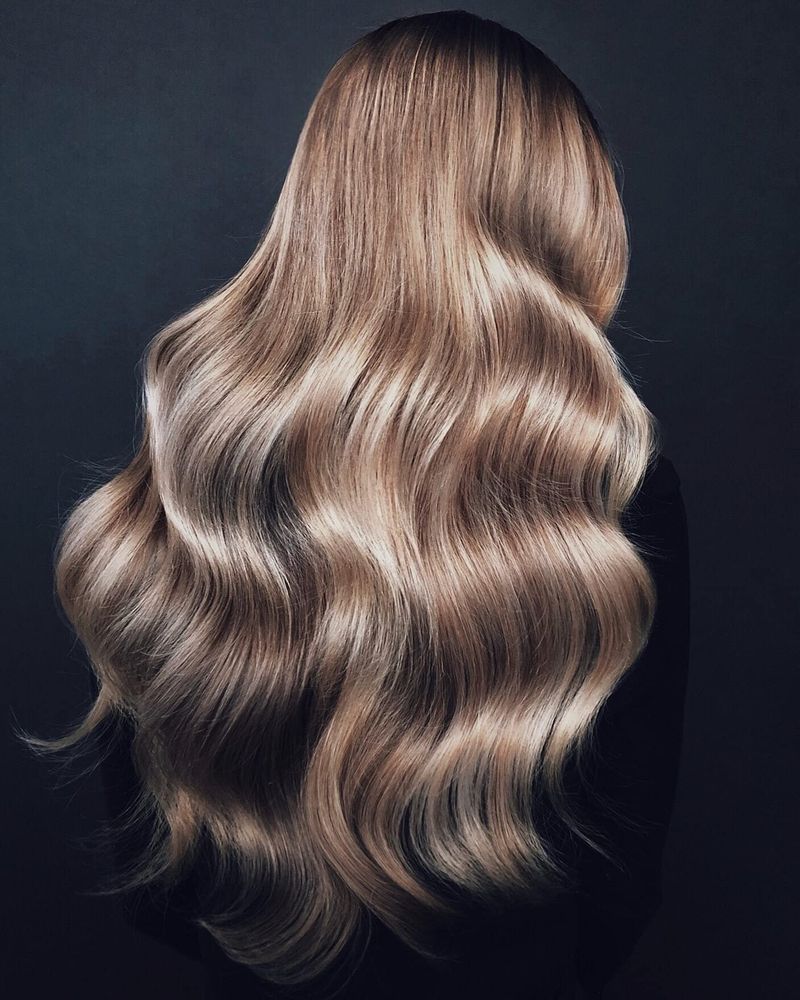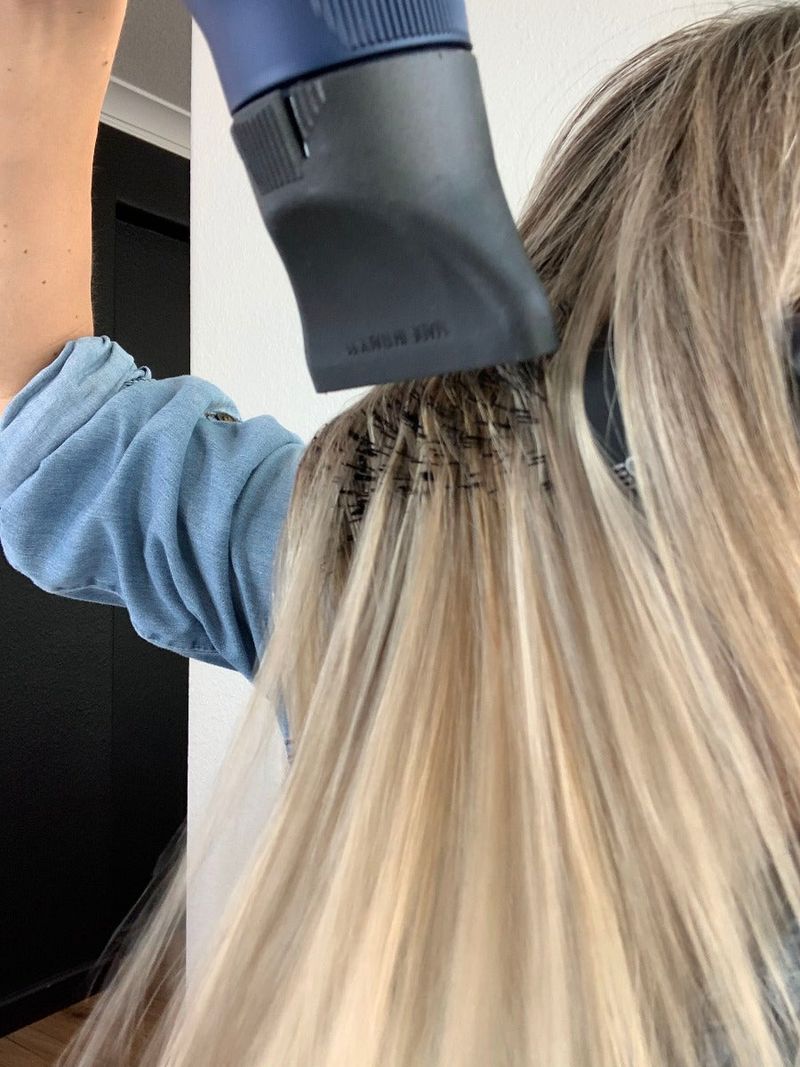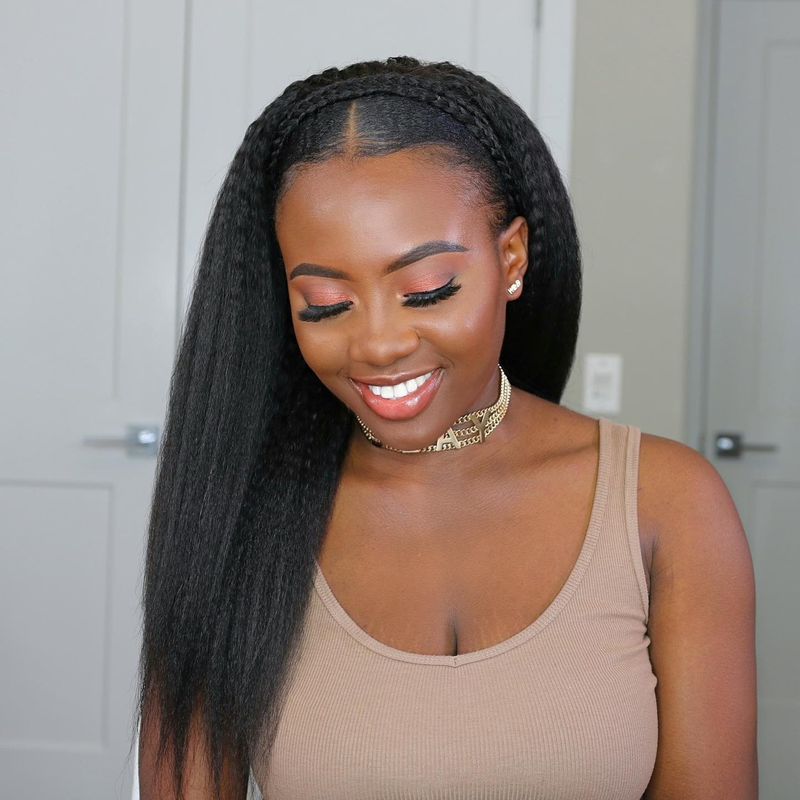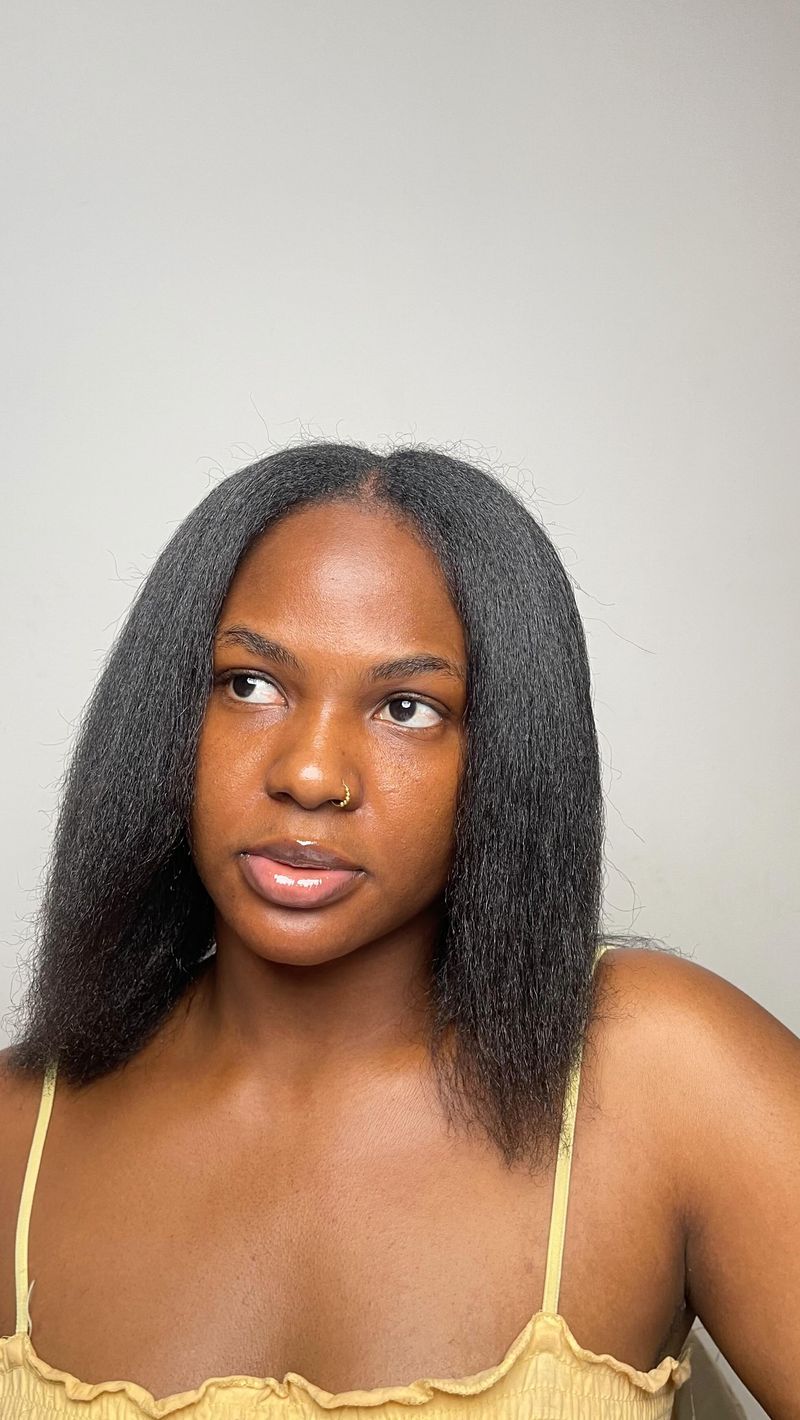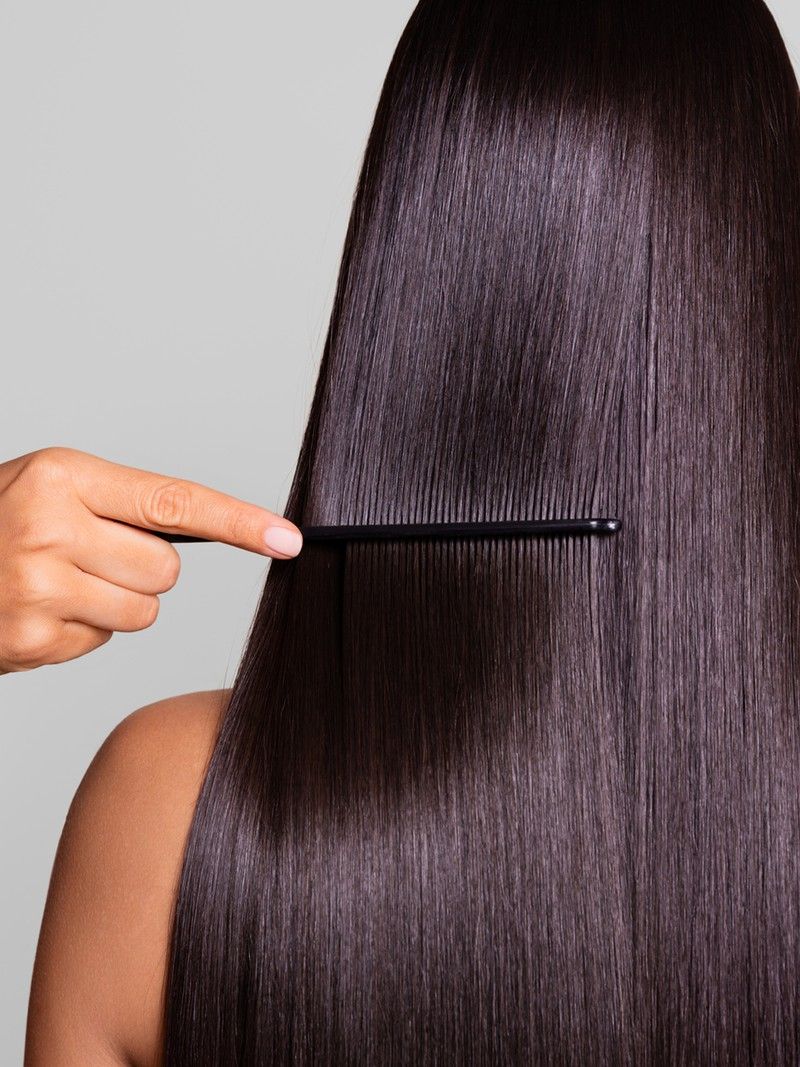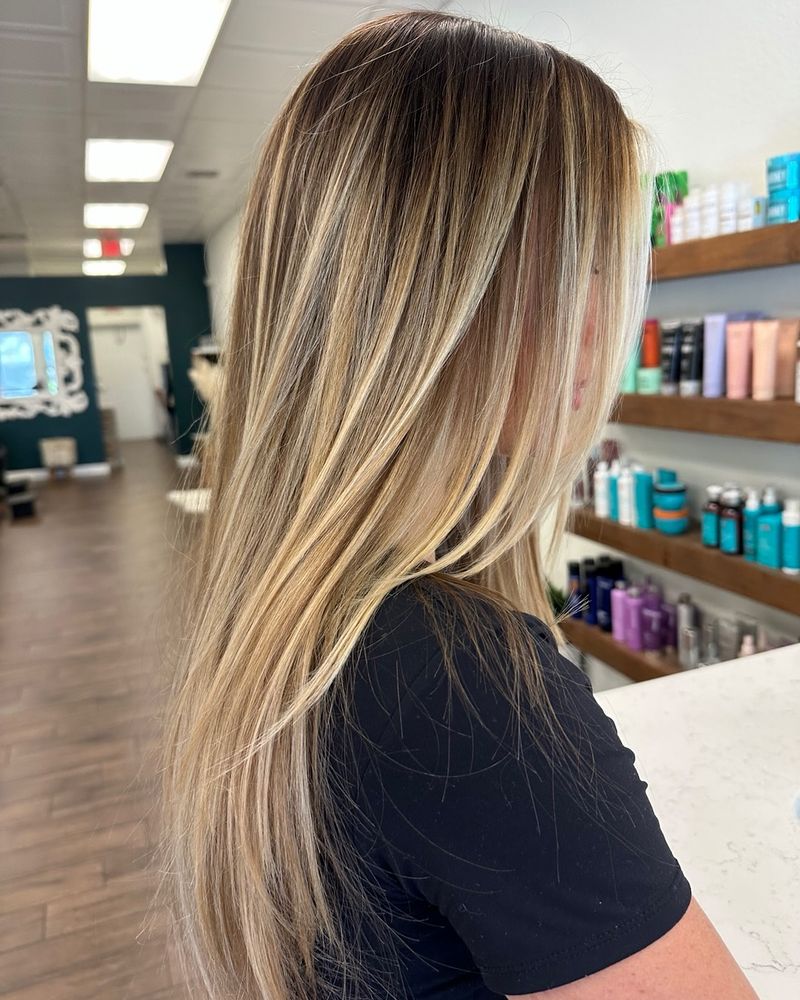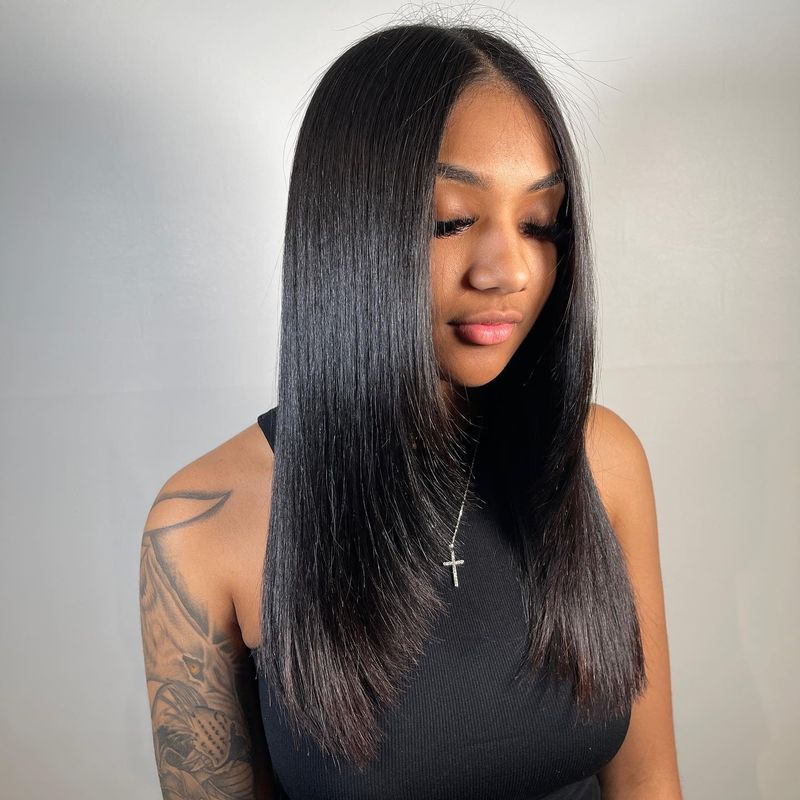Straightening your hair can give you that sleek, polished look we all love, but it often comes with a price – damage. Heat tools, chemicals, and harsh techniques can leave your locks dry and brittle. The good news? You can achieve that smooth, straight style while keeping your hair healthy with these smart strategies.
1. Prep with heat protectant spray
Never skip this crucial step! A quality heat protectant creates an invisible shield between your strands and the hot styling tool. Apply it evenly throughout damp hair, focusing extra product on your ends where damage occurs most easily.
2. Invest in ceramic or tourmaline plates
Cheap straighteners with metal plates are hair destroyers! Ceramic and tourmaline options distribute heat more evenly and produce negative ions. These ions help seal the cuticle, resulting in smoother hair with less direct heat exposure.
Related: -7 Straight-Hair Problems No One Talks About And 8 Easy Fixes That Shine
3. Dry completely before straightening
Water and extreme heat create a disastrous combo! When water inside your hair shaft meets high temperatures, it literally boils, causing bubbles that break through your cuticle. Always blow-dry thoroughly first, leaving zero moisture behind.
4. Lower that temperature setting
Cranking your straightener to maximum heat? Huge mistake! Fine or damaged hair only needs 300°F, while normal hair works with 300-380°F. Thick or coarse locks can handle 350-410°F. Start low and increase only if necessary.
5. Work with small sections
Grabbing huge chunks of hair might save time but destroys your efforts! Smaller sections (about 1-inch wide) allow for even heat distribution and require fewer passes. Your straightening session might take longer but your hair will thank you!
6. Keep the iron moving
Holding your straightener in one spot is asking for burnt hair! Maintain a steady, continuous motion as you glide the tool down each section. Going too slow concentrates heat in one area, while moving too quickly requires multiple damaging passes.
7. Try overnight heatless methods
Give those hot tools a break! Wrap slightly damp hair around a soft headband, use large rollers, or try the sock bun method before bed. These gentle techniques create natural-looking straightness by morning without a single degree of heat damage.
8. Deep condition weekly
Straight-styled hair craves moisture! Schedule a weekly deep conditioning treatment to replenish lost hydration. Apply generously from mid-shaft to ends, cover with a shower cap, and let it soak in for 20-30 minutes before rinsing.
9. Use a microfiber towel
Regular terry cloth towels create friction that roughens your cuticle! Switch to gentle microfiber alternatives that absorb water without aggressive rubbing. Simply press the towel against your hair instead of vigorously scrubbing to maintain smooth strands.
10. Cool before styling
Hot hair is flexible hair! After blow-drying, give your strands a cool shot to set the style and smooth the cuticle. This extra minute with the cool setting seals your hair shaft, reducing the need for excessive heat from your straightener.
11. Clean your tools regularly
Product buildup on your straightener creates uneven heating! Wipe plates with alcohol once they’ve cooled completely to remove residue from sprays and serums. Clean tools glide more smoothly, requiring fewer passes and causing less friction damage.
12. Try ionic blow-drying
Ionic technology is a game-changer! These specialized dryers emit negative ions that break down water molecules faster. The result? Quicker drying time with less heat exposure and noticeably smoother hair that needs minimal straightening afterward.
13. Schedule regular trims
Fresh ends make straightening easier! Book a trim every 8-10 weeks to remove split ends before they travel up the shaft. Healthy ends respond better to heat styling, requiring less intense temperatures and fewer damaging passes.
14. Try keratin treatments
Professional keratin services can be worth it! These salon treatments temporarily rebuild hair structure for easier at-home styling. With smoother baseline texture, you’ll need less heat and fewer straightening sessions over several months.
15. Limit washing frequency
Over-washing strips natural oils! Stretch time between shampoos using dry shampoo on roots when needed. Each wash-and-style cycle exposes hair to potential damage, so maintaining your straight look longer means less overall heat exposure.
16. Consider straightening brushes
Heated brushes offer gentler styling! These innovative tools combine bristles with heating elements for more distributed contact than flat plates. The design naturally prevents excessive heat concentration while detangling and straightening simultaneously.

